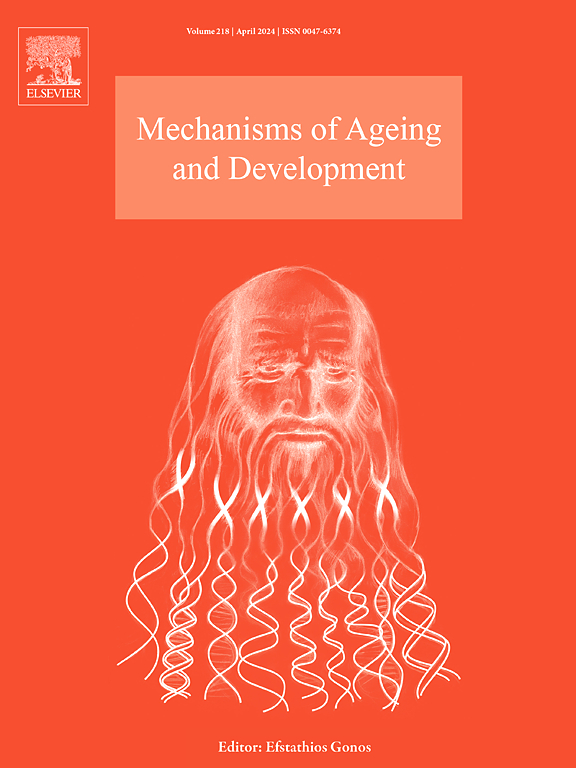The role of the LINC complex in ageing and microgravity
IF 5.1
3区 医学
Q2 CELL BIOLOGY
引用次数: 0
Abstract
The Linker of Nucleoskeleton and Cytoskeleton (LINC) complex plays a crucial role in connecting the nuclear envelope to the cytoskeleton, providing structural support to the nucleus and facilitating mechanical signaling between the extracellular environment and the nucleus. Research in mechanobiology onboard the International Space Station (ISS) and in simulated microgravity (SMG) highlight the importance of gravity in functional mechanotransduction. Although the altered gravity research regarding mechanobiology has been greatly focused on the cytoskeleton and the extracellular matrix (ECM), recent research demonstrates that SMG also induces changes in nuclear mechanics and gene expression patterns, which have been shown to be LINC complex dependent. Additionally, dysregulation of the LINC complex disrupts nuclear integrity which leads to nuclear shape abnormalities in both Hutchinson-Gilford Progeria Syndrome (HGPS) and aged cells, which highlights the significance of the LINC complex and related proteins in ageing and age-related disorders. Interestingly, as the effects of spaceflight closely resemble those found in the elderly, the microgravity environment seems to induce an accelerated ageing phenotype in astronauts. Therefore, this review will explore the role of the LINC complex and related proteins in ageing and in microgravity, to further elucidate the interplay between loss of gravitational loading and ageing.
LINC复合物在衰老和微重力中的作用。
核骨架与细胞骨架连接物(Linker of Nucleoskeleton and Cytoskeleton, LINC)复合物在连接核包膜与细胞骨架、为细胞核提供结构支持以及促进细胞外环境与细胞核之间的机械信号传导方面起着至关重要的作用。国际空间站(ISS)和模拟微重力(SMG)上的力学生物学研究强调了重力在功能机械转导中的重要性。虽然关于力学生物学的重力改变研究主要集中在细胞骨架和细胞外基质(ECM)上,但最近的研究表明,SMG也会诱导核力学和基因表达模式的变化,这些变化已被证明是LINC复合物依赖的。此外,LINC复合物的失调破坏了核完整性,导致Hutchinson-Gilford早衰综合征(HGPS)和衰老细胞的核形状异常,这突出了LINC复合物和相关蛋白在衰老和年龄相关疾病中的重要性。有趣的是,由于太空飞行的影响与老年人的影响非常相似,微重力环境似乎会导致宇航员加速衰老。因此,本文将探讨LINC复合物及其相关蛋白在衰老和微重力环境中的作用,以进一步阐明重力负荷丧失与衰老之间的相互作用。
本文章由计算机程序翻译,如有差异,请以英文原文为准。
求助全文
约1分钟内获得全文
求助全文
来源期刊
CiteScore
11.10
自引率
1.90%
发文量
79
审稿时长
32 days
期刊介绍:
Mechanisms of Ageing and Development is a multidisciplinary journal aimed at revealing the molecular, biochemical and biological mechanisms that underlie the processes of aging and development in various species as well as of age-associated diseases. Emphasis is placed on investigations that delineate the contribution of macromolecular damage and cytotoxicity, genetic programs, epigenetics and genetic instability, mitochondrial function, alterations of metabolism and innovative anti-aging approaches. For all of the mentioned studies it is necessary to address the underlying mechanisms.
Mechanisms of Ageing and Development publishes original research, review and mini-review articles. The journal also publishes Special Issues that focus on emerging research areas. Special issues may include all types of articles following peered review. Proposals should be sent directly to the Editor-in-Chief.

 求助内容:
求助内容: 应助结果提醒方式:
应助结果提醒方式:


